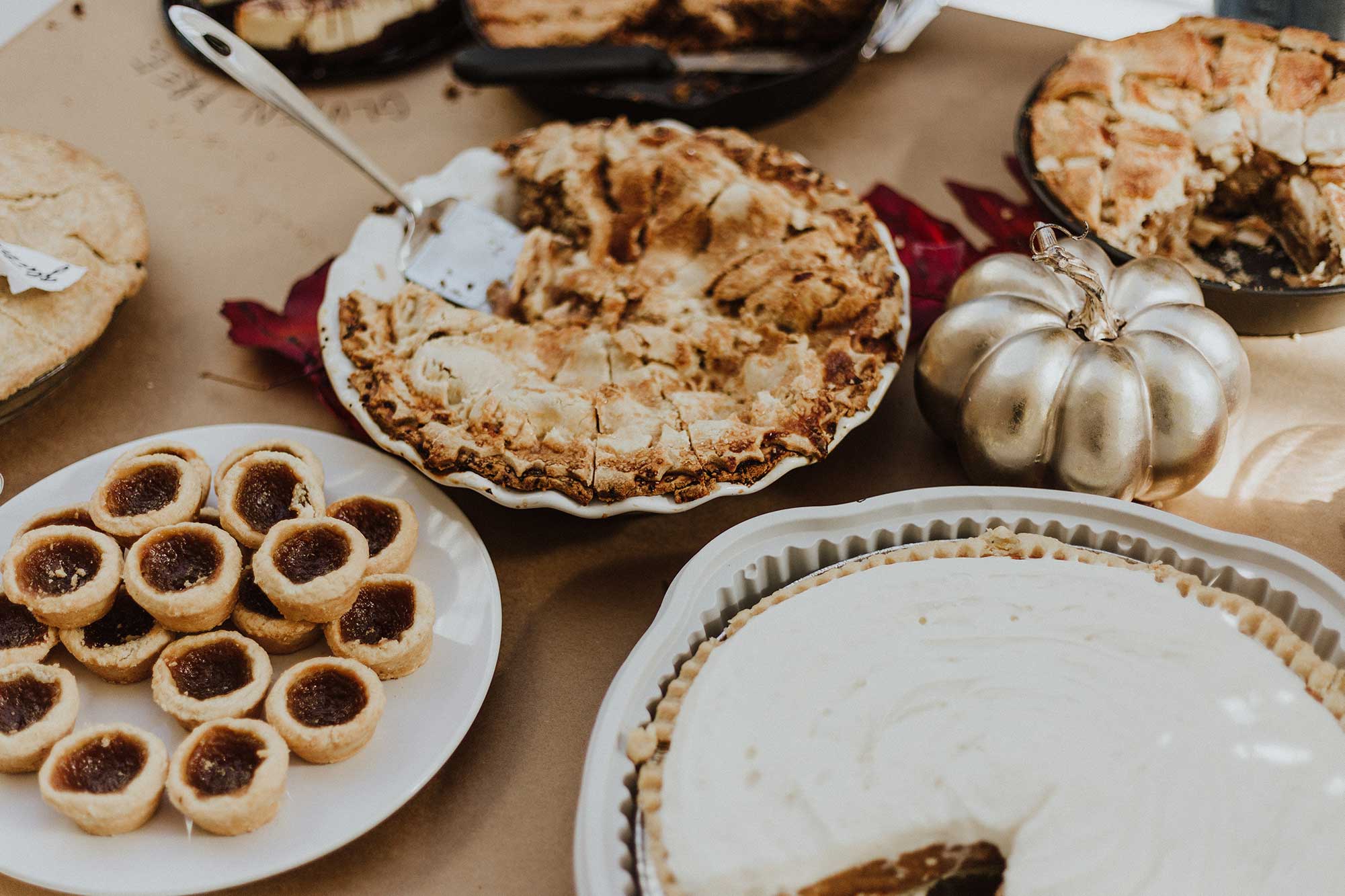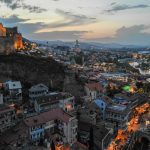A holiday to say thanks isn’t just for Americans
Thanksgiving might traditionally be thought of as an American holiday, but there are countries all over the world that celebrate a day of “thanks givingâ€. Here are a few interesting traditions from countries around the world celebrating gratitude.Â
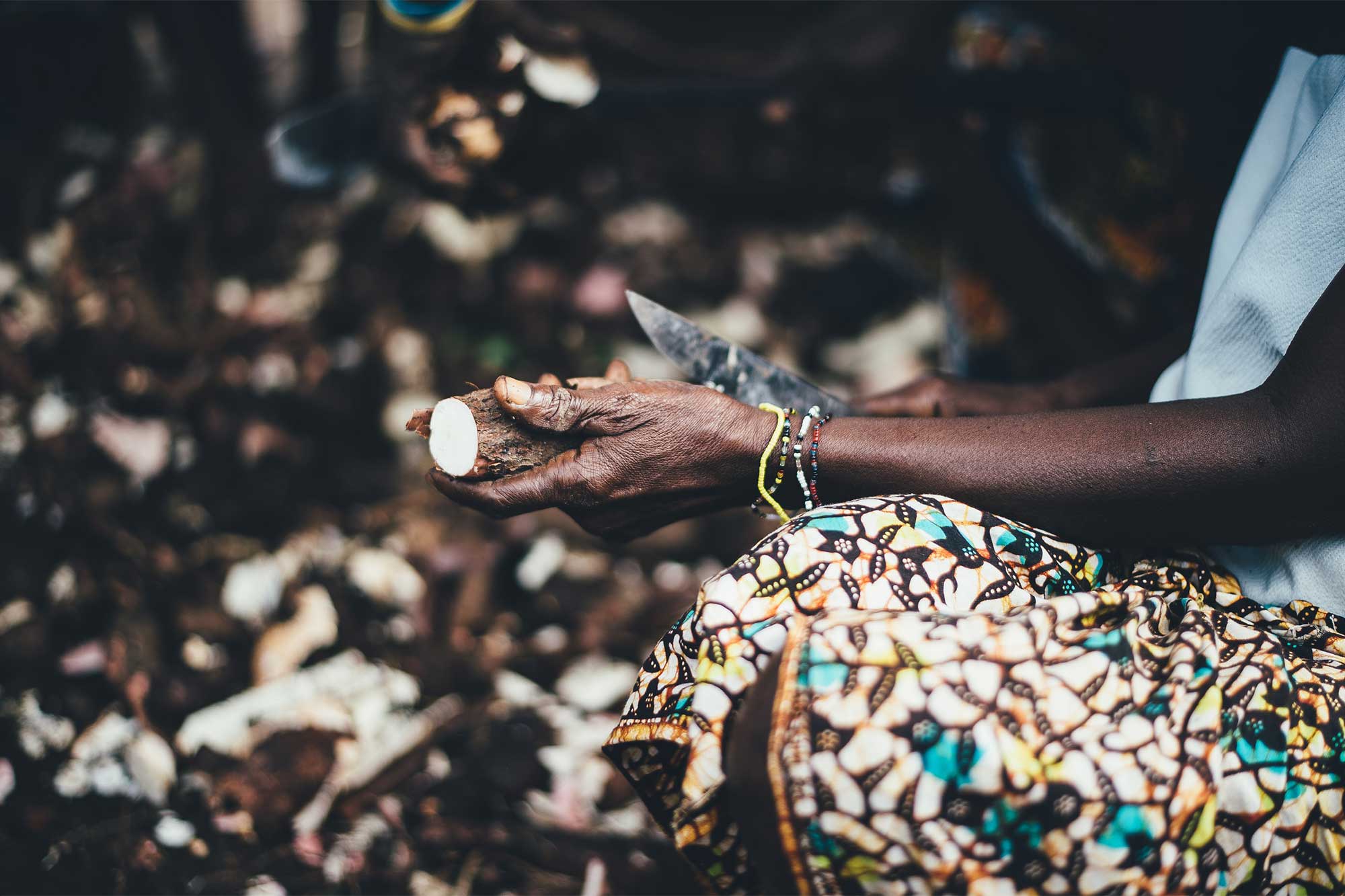
Liberia
Liberia was founded by freed American slaves in 1847, so they practice many American traditions, including Thanksgiving. As in America, families feast together and give thanks (often after attending church). Although instead of turkey, they usually feast on their country’s traditional meal of roast chicken and mashed cassavas. Liberia hosts its thanksgiving on the first Thursday in November. Â

Japan
Japan celebrates KinrŠKansha no Hi on November 23, which means Labor Thanksgiving Day. It is a combined Thanksgiving and Labor Day and its origins date back 2,000 years to the holiday Niinamesai, offering thanks for the season’s rice harvest. The modern version gives thanks for worker’s rights and became official in 1948. Not everyone celebrates the holiday (it’s more popular among the younger generation), but those that do will take the day off and have a meal of noribachi (fish), rice, and tea and take a family outing to a park or amusement center. In Nagano, there’s a festival organized by the local labor organizations to encourage people to think about issues affecting peace, human rights, and the environment. In the suburbs of Tokyo, children will make pictures or other crafts for local police officers to thank them for keeping them safe.
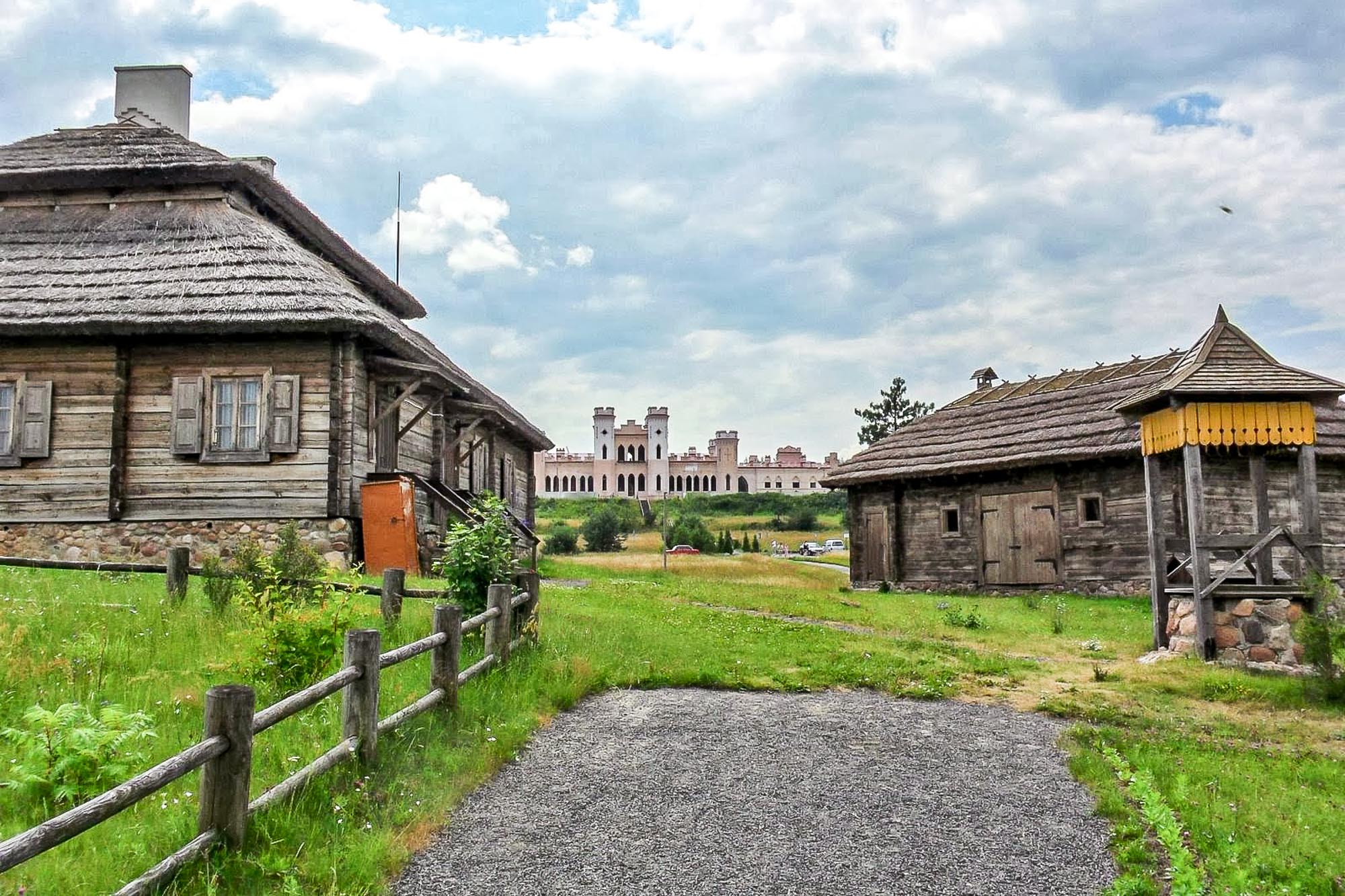
Belarus
Rural Belarus celebrates giving thanks to Yurya, the god of spring, every May by dressing in traditional dress, preparing breads, and making colorful offerings with ribbons and paper. Yurya is responsible for protecting their crops and the people that celebrate it do so to ensure a good harvest.Â
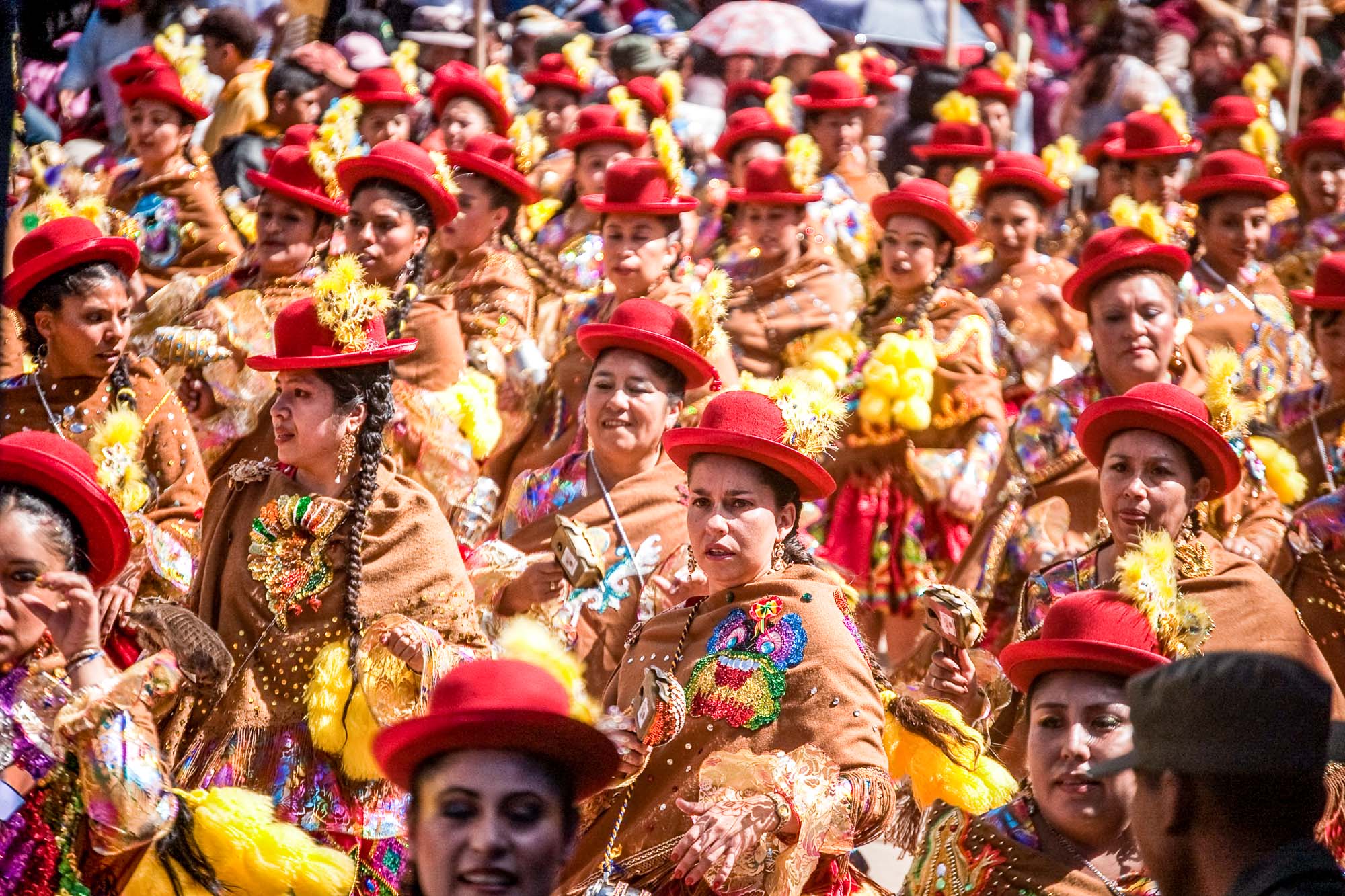
Bolivia
Bolivia gives thanks to Pachamama (Mother Earth) every spring for everything she provided in the previous year during their holiday Jisk’a Anata. Celebrated each spring on the third day of Carnaval, Bolivians show their gratitude, respect, and celebration with parades and dances in traditional, colorful costumes. Dancers perform Pre-Colombian choreography with dances like the Qhanchwiris, Sicuris, Khantus and Tarkeadas to traditional wind instruments. There are also Colonial-era dances, such as the Morenada and the Caporales, dances representing the arrival of slaves and the estate owners.
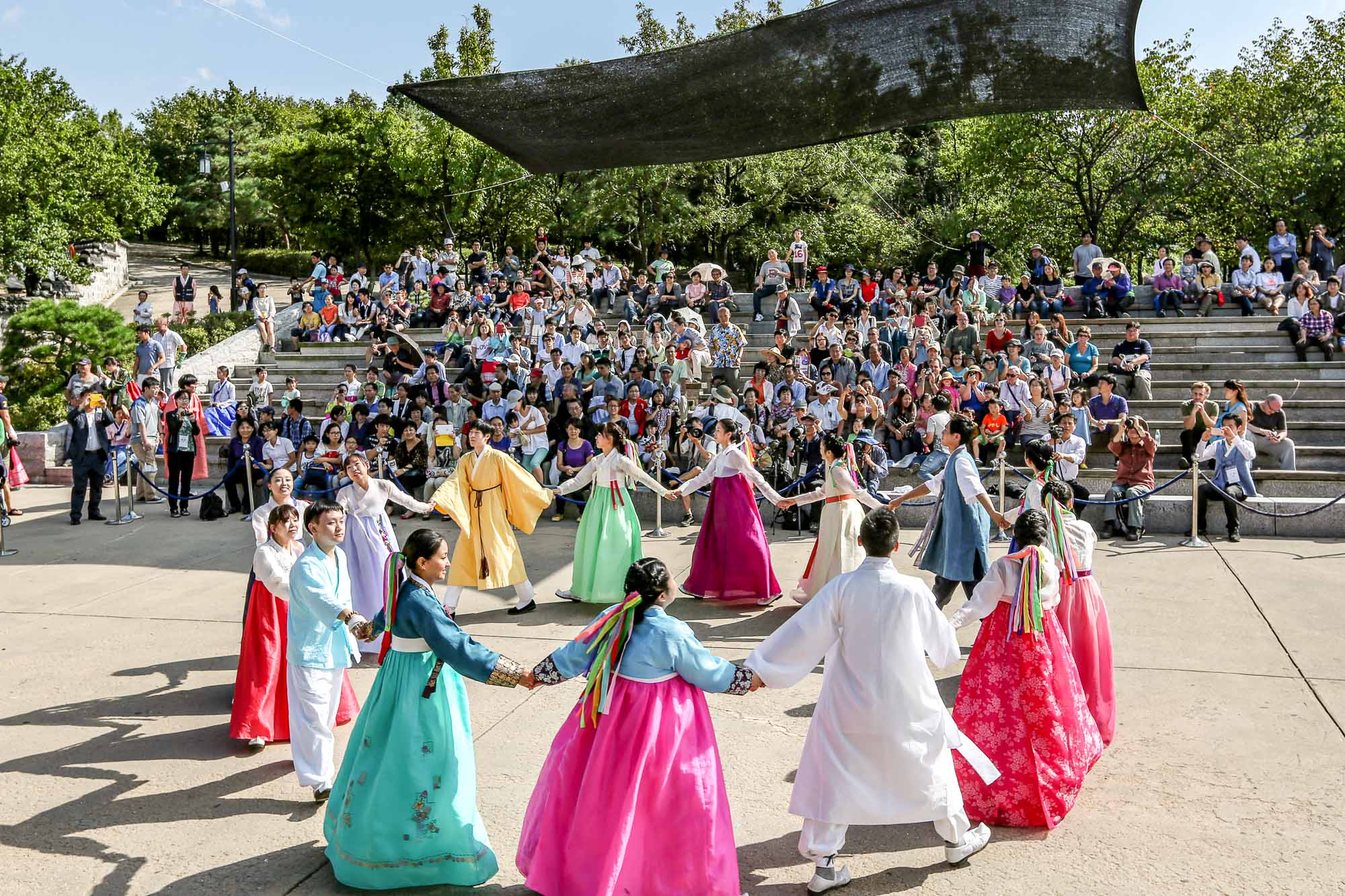
South Korea
South Korea also celebrates a thanks giving holiday called Chuseok. Held mid- to late- September, Koreans celebrate by gathering for a family meal, giving thanks to their ancestors and God, as well as to celebrate the autumn harvest. There are a few special rituals as well, including the Ganggangsullae Dance, where women and children do a circle dance representing the full moon. The women prepare a table filled with food including newly harvested rice and fruit as an ancestral memorial. Koreans will also together as a family make songpyeon, finely ground rice dough kneaded into small spheres and filled with things like sesame seeds, chestnuts, or red beans and will arrange them on pine needles. There is even gift-giving to relatives, friends and business acquaintances of things like high-quality foods and gift sets to express their thanks. Â

Canada
Canadian Thanksgiving dates older than American Thanksgiving with the first taking place in 1578 for settlers to give thanks for the harvest (adopted from a European tradition). Later, during the American Revolution, Americans who remained loyal to the crown and moved to Canada brought American thanksgiving practices, including the food, like turkey, stuffing, sweet potatoes, and pumpkin pie. It falls on the second Monday in October and isn’t a public holiday in every province.Â

